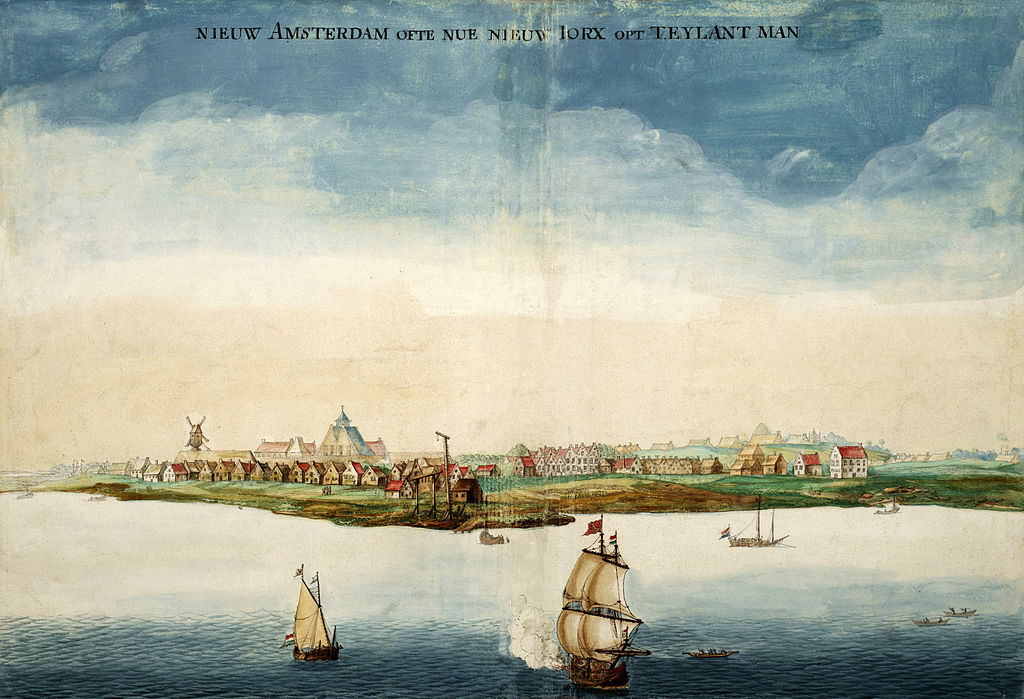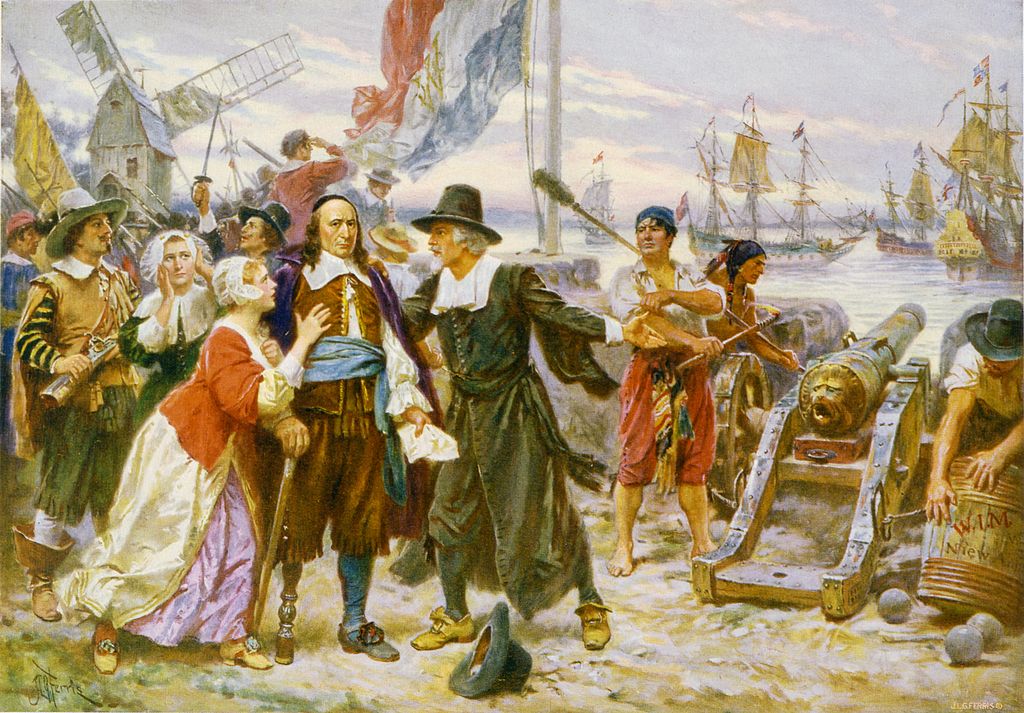Independence Seaport Museum
From my travels, December 14, 2019.
I heard through Facebook that the Independence Seaport Museum was hosting a “Family-friendly” tailgating event in celebration of the fact that the 2019 Army-Navy game was taking place that day in Philadelphia. That sounded like a fun thing to do with my boys, and while I had visited the museum ships there several years ago, the boys had never been aboard any kind of historic ship before. No better way to spend a day!
The tailgating turned out to be a bit of a bust. I didn’t see any activities set up, and there was hardly anyone in the museum during our visit. At least we weren’t fighting the crowds, huh? We got combo tickets for the museum and the ships, and started our visit in the museum.
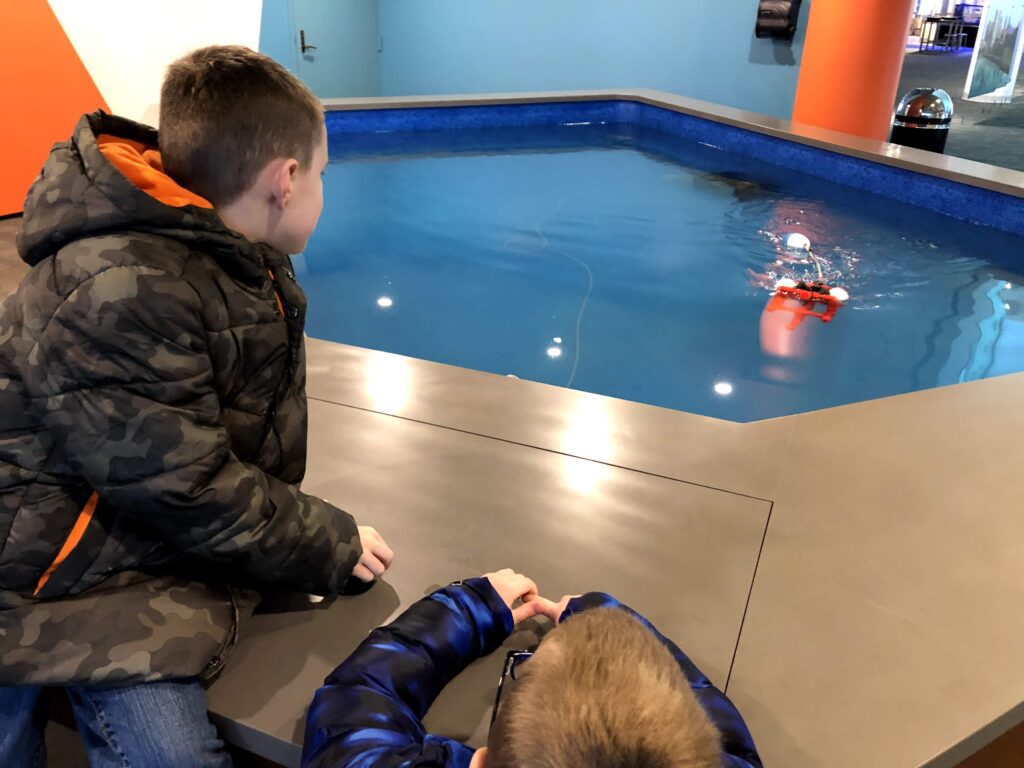
We spent about 45 minutes going through the exhibits in the museum, which were all very kid-friendly. There was a ton of hands-on stuff, too. My guys really enjoyed playing with the remote-control submersible that was in the lobby, as well as the nearly life-size model of a schooner (complete with a sail to raise), and the exhibit on the river as habitat.
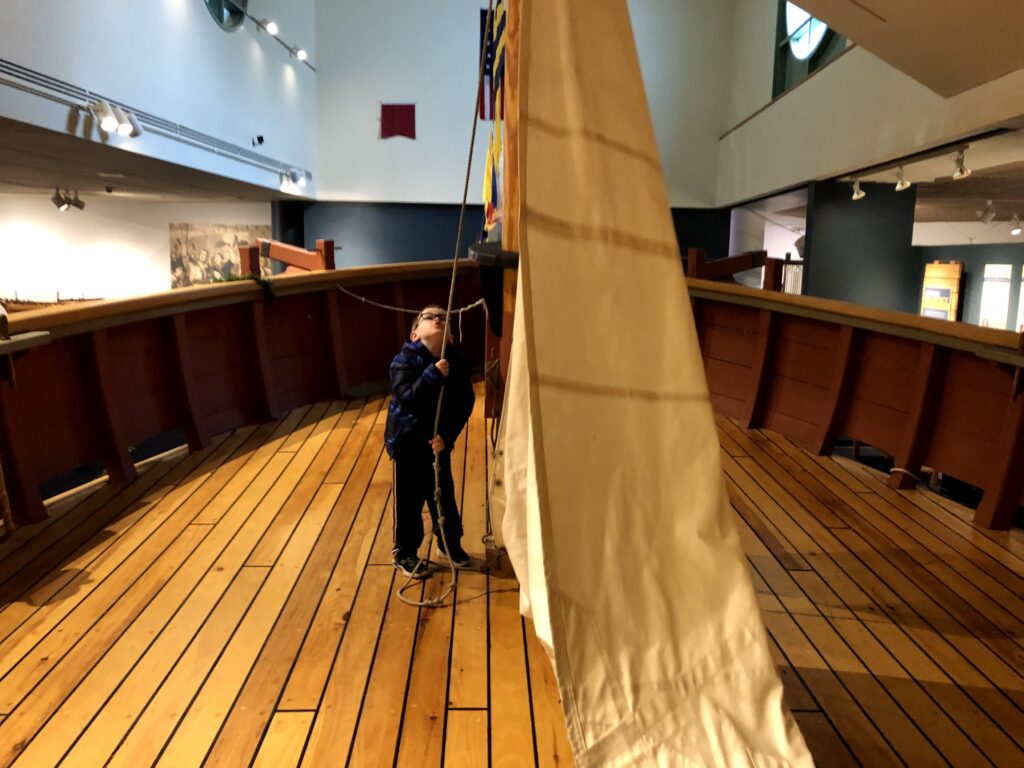
It was also cool to see some local history highlighted that was not explicitly maritime in nature – the very interactive exhibit about Fort Mifflin was a nice introduction to that story. And that’s another place that I need to take the boys to explore soon.
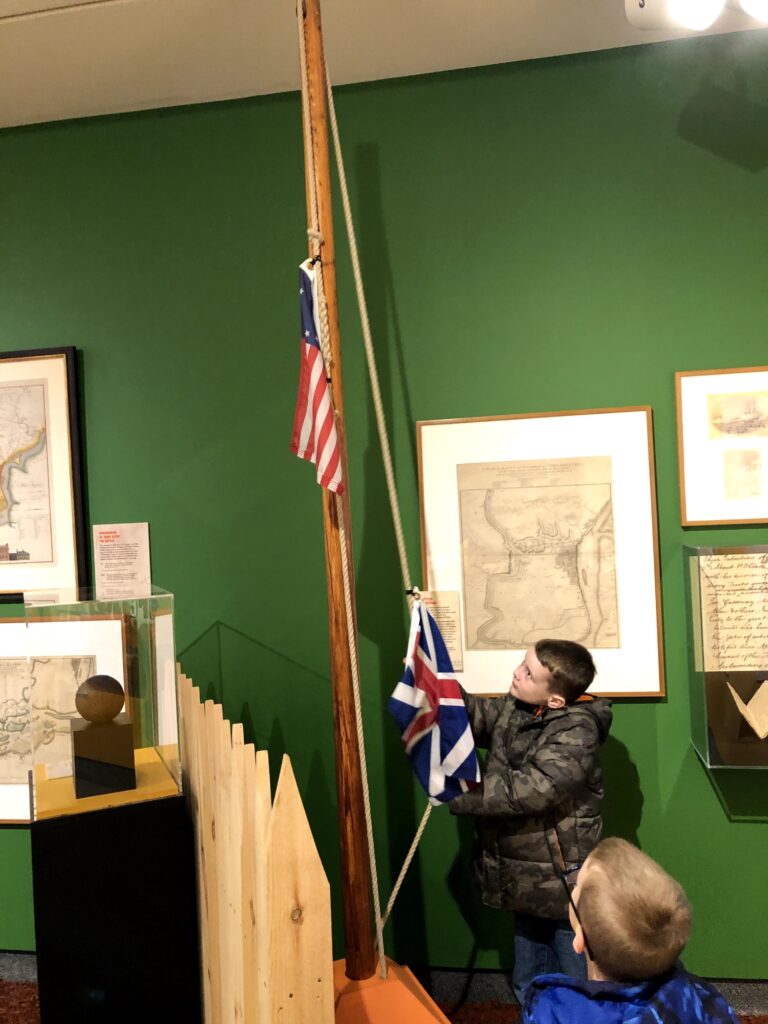
Finally it was time to head outside for the main event: the ships!
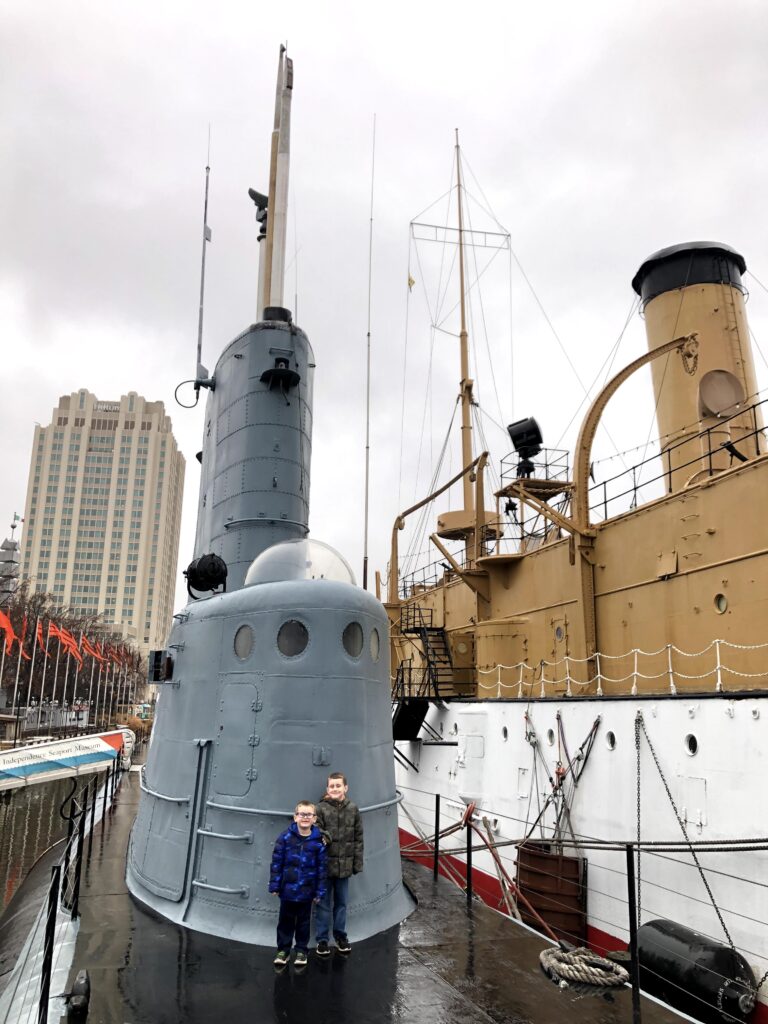
Our first stop was the WWII-era Balao-class diesel-electric submarine, USS Becuna (SS-319). This was the very first warship that the boys had ever been on, and I think they both had a really good time. Neither one seemed to have difficulty moving through the water-tight doors, or through the confined spaces. I had downloaded a tour app that the museum provides on my phone, and that also helped engage the boys with what we were seeing. Isaac especially enjoyed the control room – all those buttons!
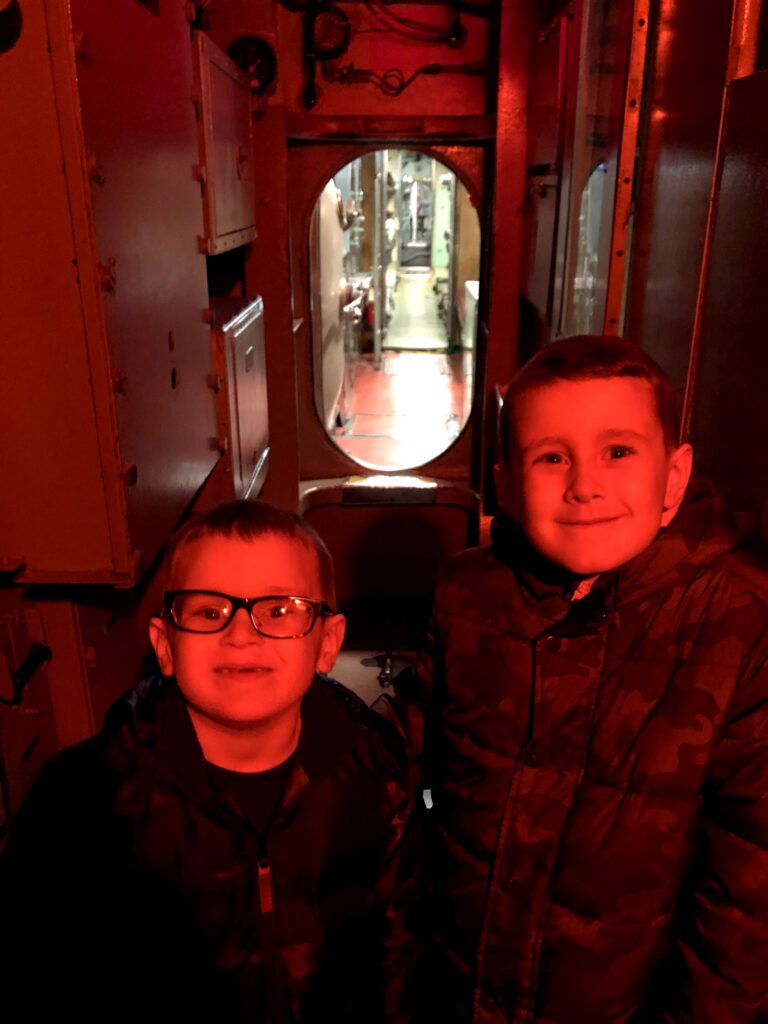
Next, we went aboard the Protected Cruiser USS Olympia (C-6). This ship is most famous for being Commodore George Dewey’s flagship at the Battle of Manila Bay during the Spanish-American War. She also brought the unknown soldier home following WWI. I believe that she is also the oldest steel-hulled warship still afloat in the world.
The boys noted how much larger and fancier this was than the newer submarine. I think that John especially enjoyed this ship – he took a couple of turns in the demonstation hammock aboard in the berthing area. We got to do the whole tour here, but weren’t able to go up on the deck because of the rainy conditions that day.
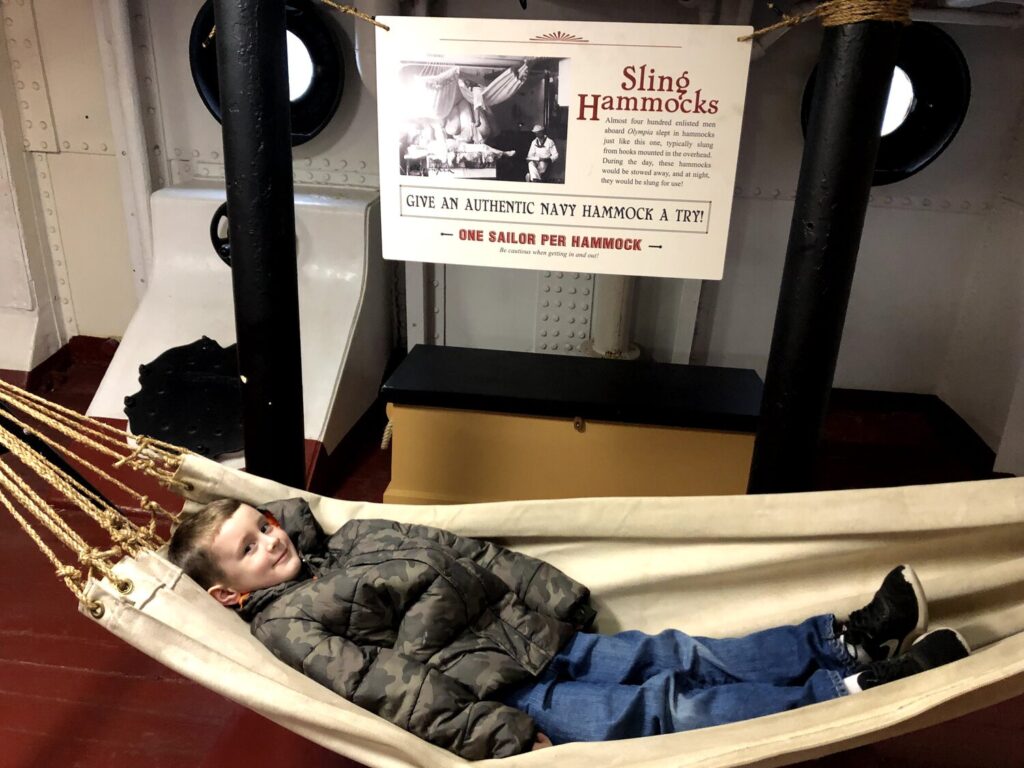
As we disembarked, the boys looked across the river to the massive Iowa-class Battleship USS New Jersey (BB-62) over in Camden, NJ, and told me that they wanted to visit that ship next. It was a really great day for my crew that set up some more adventures to come.
